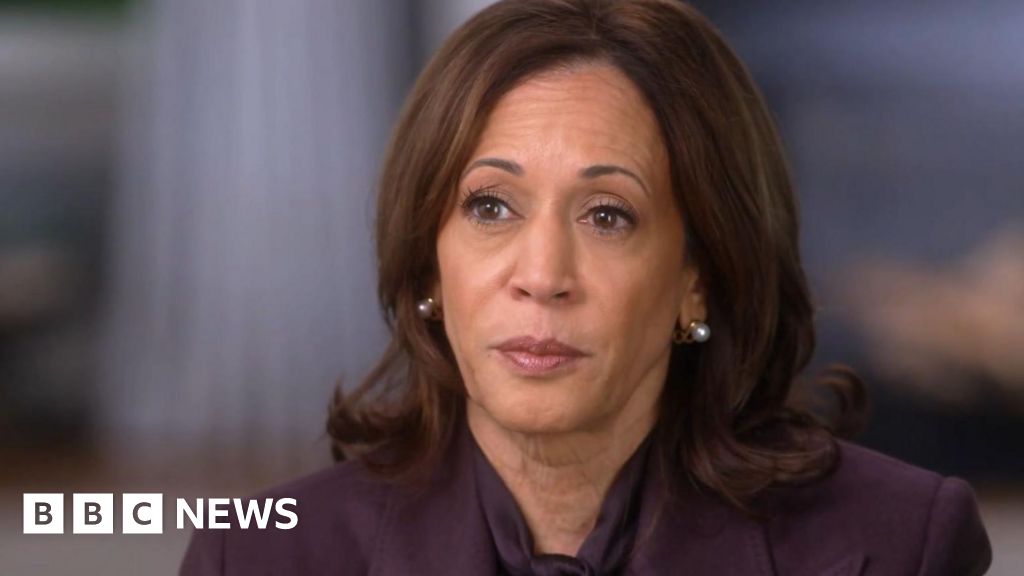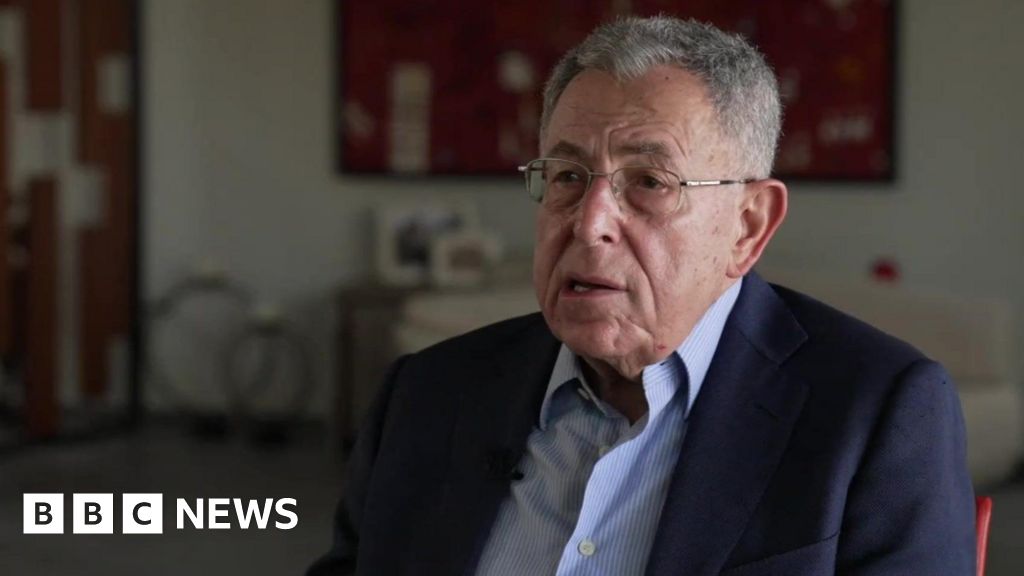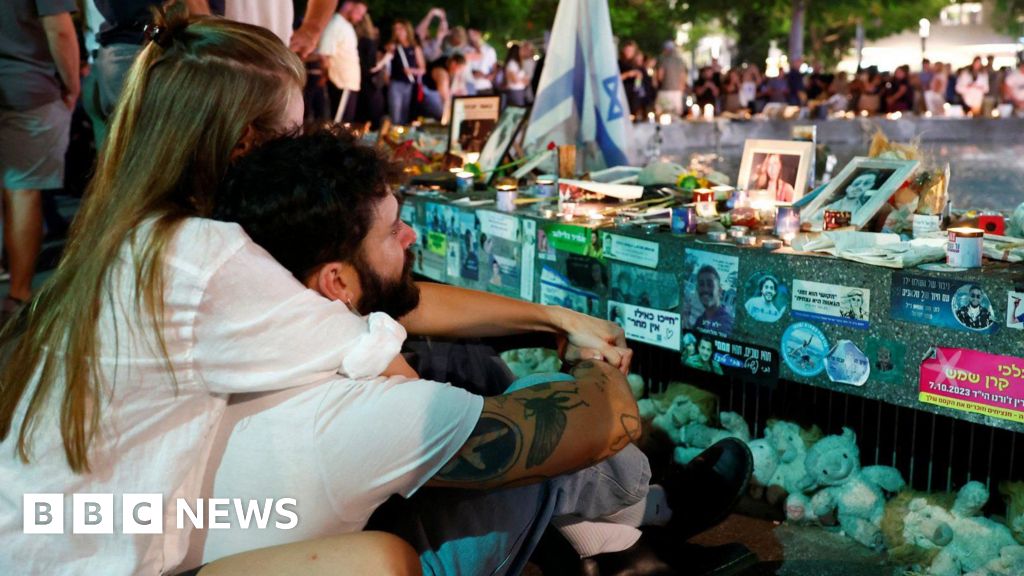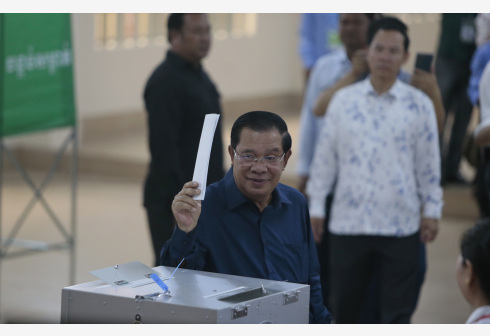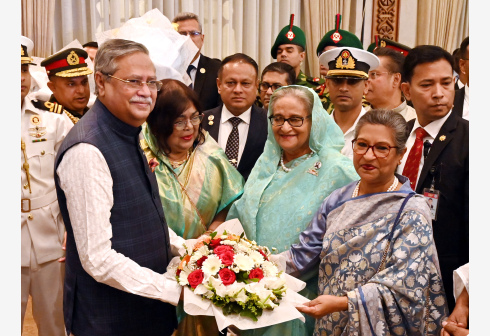What does the Kenyan law say about medical negligence
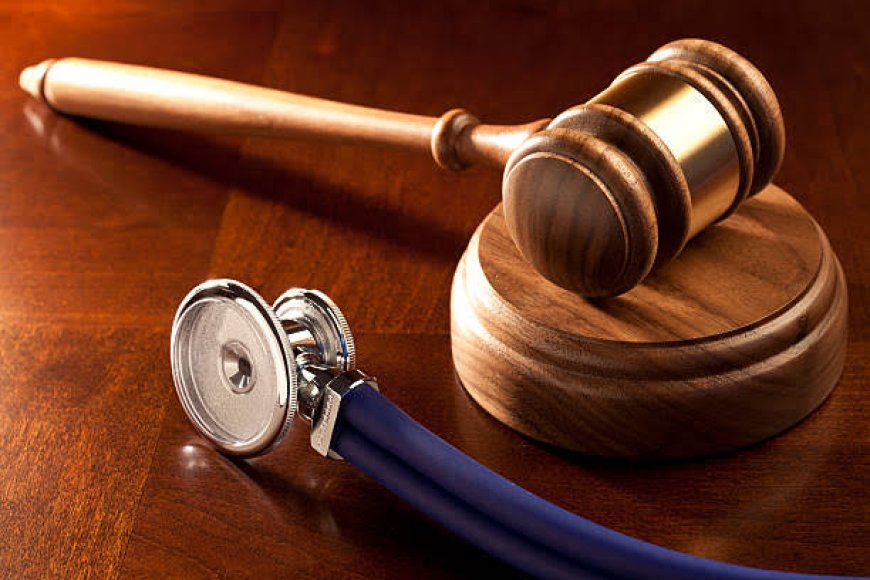
Nairobi,
Tuesday, 11 February, 2025
McCreadie Andias
Many Kenyans face the challenge of addressing medical negligence incidents and healing resulting wounds.
Patients and healthcare providers in Kenya maintain a trust bond which remains sacred to both groups. Medical negligence incidents sometimes break this essential relationship between medical professionals and patients creating extreme personal harm with complicated judicial proceedings.
Knowledge about Kenyan laws concerning medical negligence enables both patients who want compensation and medical practitioners who maintain excellent clinical care to protect their interests.
A healthcare professional commits medical negligence by failing to maintain proper patient care standards which subsequently causes patient injury.
Such medical negligence incidents in Kenya receive legal treatment under the tort of negligence. An individual seeking damages through a legal claim needs to show three essential elements to have their case acknowledged ;
A healthcare provider stands responsible to provide care duty which is owed to patients.
The medical provider performed their services below the acceptable professional standards.
A breach of duty produces patient injuries directly through its direct impact.
Proof of quantifiable harm to the patient emanating from this event serves as the basis for damages.
The established legal standards require specific proof to show how healthcare provider conduct resulted in patient harm within this framework.
Legal Precedents and Insights
Several important medical negligence cases have appeared before Kenyan courts while creating new guidance for legal practice.
One, Kurji v. According to Mwangombe (2023) the court displayed prudence by stating that doctors cannot be blamed for every unfavorable medical occurrence. The court advises judicial caution toward interpreting everything which turns out wrong during medical care as medical negligence.
Another, Nairobi Hospital & Another v. In the case of Mumo & Others (2024 experts demonstrated the value of expert evidence for showing medical standards using the Bolam test to evaluate medical practitioner conduct in comparison to their professional peers.
The judiciary demonstrates a fair approach which considers medical practice intricacies combined with protection of patient rights.
The analysis of medical negligence claims receives indispensable guidance from doctors alongside lawyers who work in this field.
Medical negligence claims succeed when plaintiffs establish three requirements: proof of professional duty of care and both professional breach of duty and patient harm through specific causation according to Advocate B.M. Musau.
Dr. Jane Mwangi a physician operating in Nairobi stresses that medical professionals must maintain active professional growth and follow existing treatment protocols to decrease patient safety hazards.
George Moga filed lawsuits against Nairobi Women's Hospital over the death of his wife Joyce Ladema while she received treatment at the facility. Moga received compensation from the hospital after the court determining its responsibility for poor medical services. Patients face significant hurdles when establishing medical negligence which leads to judiciary roles in performing justice.
Regulatory Framework and Patient Recourse
The Kenya Medical Practitioners and Dentists Council (KMPDC) exists to oversee medical practice through complaint investigation of medical practitioners.
Patients who want to report their grievances about health professionals need to file complaints with the KMPDC and the board will investigate and take action against wrongdoers when necessary. Through The Health Laws (Amendment) Act of 2019 medical practitioners must obtain professional indemnity insurance to provide compensation options for harmed patients.
Challenges in Medical Negligence Litigation
Medical negligence claim proceedings in Kenya exist as a process with three main obstacles:
Expert testimonies become essential for demonstrating how provider conduct caused patient injuries during breach and causation evaluations.
Medical patients frequently encounter complications while trying to access their vital healthcare records maintained by healthcare facilities.
The duration of legal proceedings lasts an extended time span which requires plaintiffs to show both endurance and financial capacity during the process.
The legal framework in Kenya creates methods to address medical negligence although patients along with healthcare providers need to understand their rights combined with their duties properly.
Patient safety stands essential in healthcare through continuous open dialogue education and ethical standard compliance which maintains unbreached patient trust.
What's Your Reaction?




































































































































































































































































